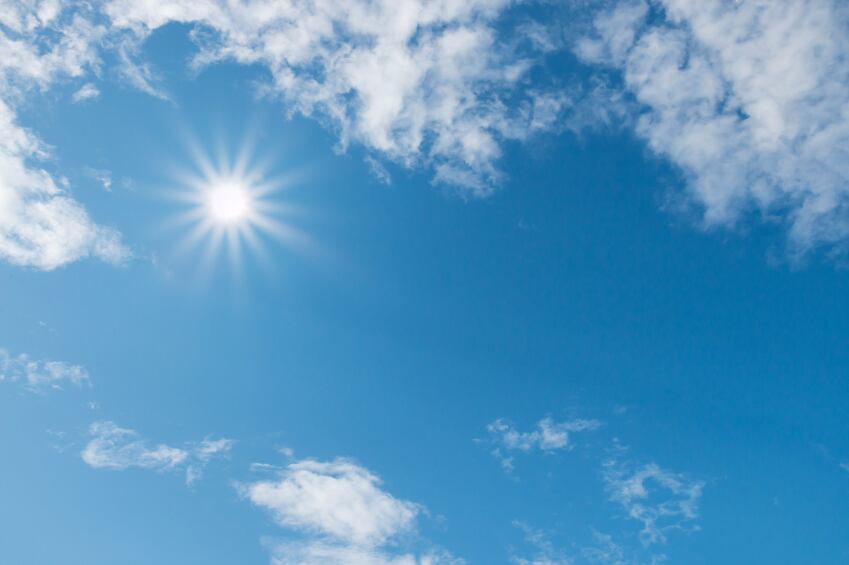Back in March EFSA published first-time vitamin D intake recommendations for European adults, pregnant women, children and infants.
Industry group Alliance for Natural Health-International (ANH-I) said at the time dietary reference values (DRVs) were too low and urged its social media followers and newsletter subscribers to contribute to EFSA’s public consultation on the draft.
“If you have benefited from dosages of vitamin D over 15 mcg (= 600 IU), it would be very helpful for you to provide a consultation response to EFSA before 16 May," the group wrote in a blog post entitled ‘Don’t let EFSA limit your Vitamin D intake’, which was shared to its 2500 Twitter followers and 24,000 Facebook fans.
“Responses from healthcare practitioners, practitioner associations and nutrition educators would be particularly valuable.”
In its draft EFSA set an adequate intake (AI) level of 15 micrograms (µg) per day from food sources for adults and children to achieve a serum level of 50 nanomoles per litre (nmol / L).
For infants aged seven to 11 months, 10 µg / day was established.
The panel said there was evidence for adults, infants and children of an increased risk of adverse musculoskeletal health outcomes at serum 25(OH)D concentrations below 50 nmol/L.
Adverse pregnancy-related health outcomes also increased below the same 50nmol / L level, though they said available data was “widely variable”.
Founder and executive and scientific director of the organisation, Robert Verkerk, PhD, told us this was spurred by a concern that EFSA expert groups “all too often” work in a vacuum of peer reviewed publications and ignore clinical evidence and views of researchers and clinicians working on an issue on the ground.
“It’s a little like ignoring the views of environmental scientists after an oil spill,” he said.
However after discussing the comments in an open Brussels meeting, members of the European Food Safety Authority’s (EFSA) Panel on Dietetic Products, Nutrition and Allergies (NDA) adopted the draft with no major changes based on the comments.
The panellists agreed that “anecdotal” evidence about high doses could not be taken into account.
The opinion received 116 comments from 13 interested parties and 54 individuals.
Lead NDA panellist for the opinion Dr Inge Mangelsdorf said this showed vitamin D was a “hot topic”.
'It’s true a lot of comments are not very scientific'
“Sometimes comments are good but sometimes they are not that helpful and take time. But we try to be transparent,” she said.
She concluded the discussion saying there were “not so many changes and not so big issues” resulting from the consultation, which amounted to a 100-page document of comments and EFSA’s responses.
Asked if these consultations were worth it given the amount of time required from EFSA and the minor changes made to the opinion as a result, Valeriu Curtui, head of EFSA’s unit on nutrition, said: “We are happy to do it. It’s true a lot of comments are not very scientific.
"In this case a [social] media campaign triggered an avalanche of comments which were outside of the context of DRVs. [Like] ‘why is EFSA limiting this?’ But if we did not do this we could have a lot of comments after.”
Verkerk said this was “very typical of EFSA to go through the motions of offering a public consultation and then ignoring most of what has been submitted”.
He said ANH-I had hoped experienced clinicians and consumers who have benefited from regular high doses had engaged in the exercise along with official comments submitted by ANH-I itself.

“We cannot control who receives news of EFSA’s public consultation and therefore cannot control the quality of any additional responses that may have occurred as a result of our outreach. But the public is the public, and EFSA would do well to engage with the public if it issues public consultations.”
Sunshine vitamin
One issue the panel did spend some time discussing however was the issue of sun exposure in calculations.
EFSA took into consideration factors like exposure to sun, which triggers bodily vitamin D production.
Yet one commentator said they had found higher values than EFSA using individual data rather than mean or aggregated data and by working from narrower latitude.
They conceded that different latitudes had been used by EFSA, but they were attempting to set a European-wide value, not one specific to Northern populations.
“It’s heavy stuff but in the end we remain convinced about our model at least for the European population,” an EFSA statistician commented.
Endorsing the opinion, the panel noted that it had taken three years and three months since the first working group on vitamin D back in April 2013.
